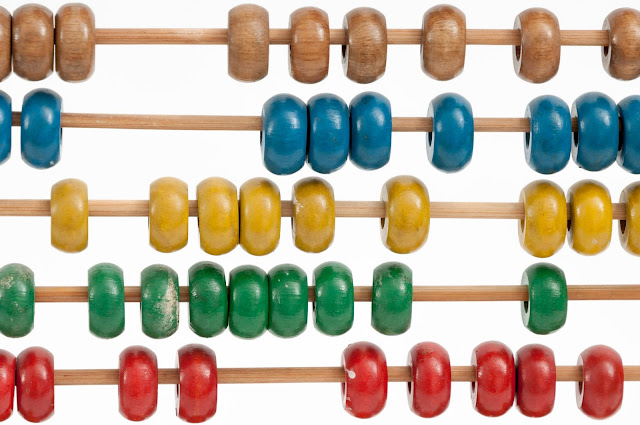Decision Tree Regression Full Concepts | Machine Learning | Data Science

Decision Tree Regression with Example | Machine Learning Algorithm | Data Science Tree-based methods are simple and useful as they are not that much competition with the other supervised learning algorithm in terms of predictions. Decision tree-based method involves segmenting the predictor space into a number of simple regions. To predict the prediction we usually use the mean and mode of the training observations. These types of set of rules can be explained as a tree and these types of approaches known as Decision Tree Methods. sal = mean log salary We are predicting the player's salary by years he played and no hits he made in his whole career. So, the above figure shows the regression tree to fit it and it consists of a series of splitting rules and stating at the top of a tree and ending at the last second level of the tree. As in this regression tree, the splitting is based on the experience in years then with the more than 4.5 years experience the tree is further split into





